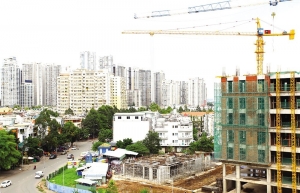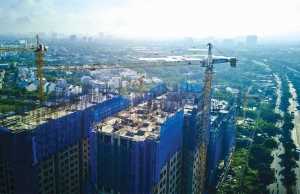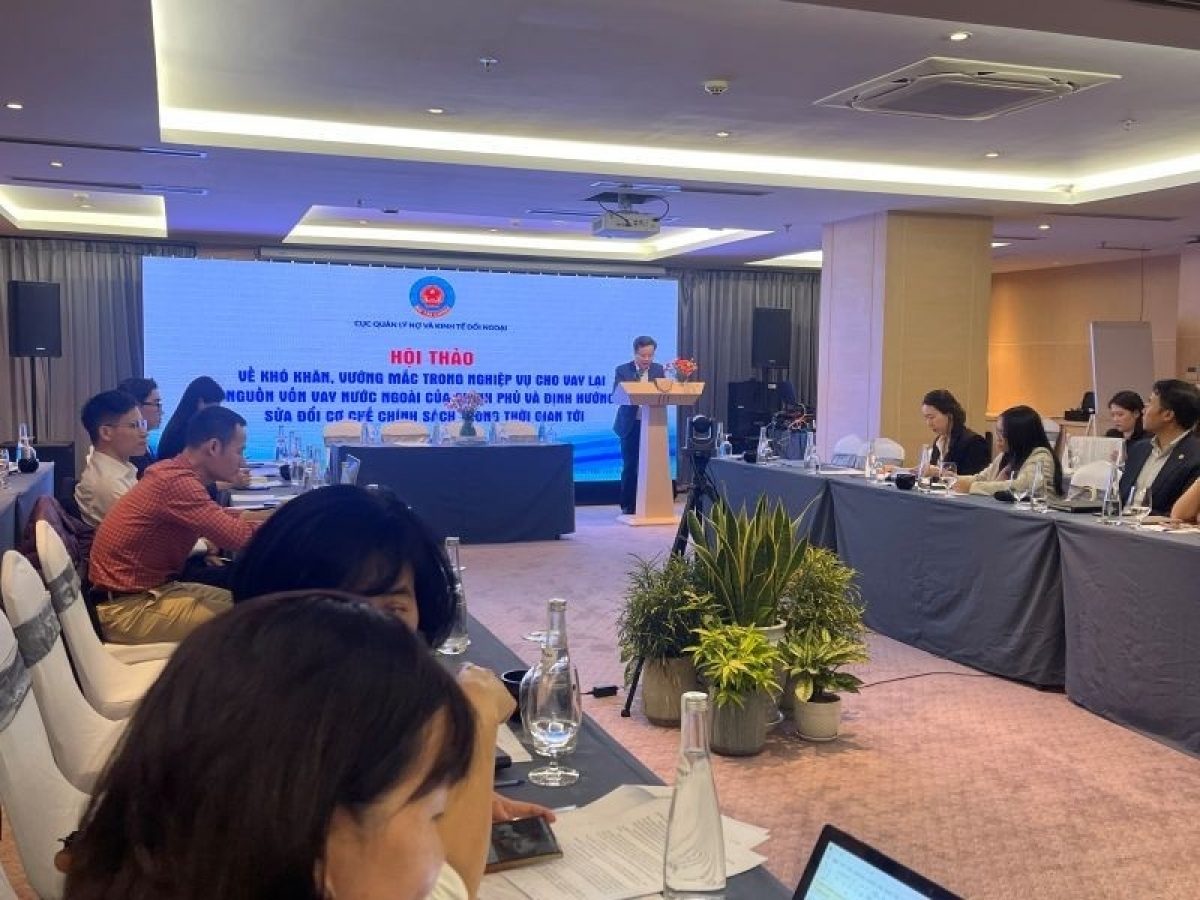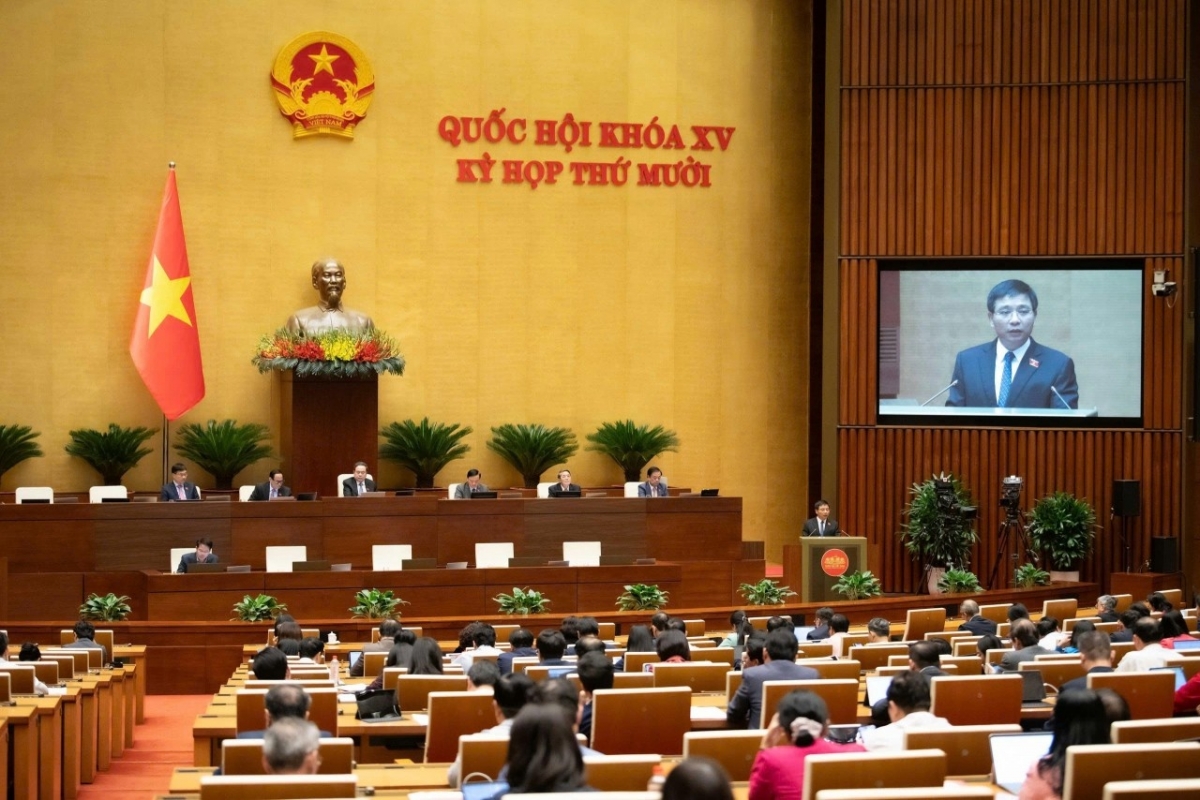INTERNATIONAL INVESTMENT
AND PORTAL
 Pham Duy Khuong, managing director of ASL Law
Pham Duy Khuong, managing director of ASL Law
In the decade since the 2013 Law on Land was implemented, thanks to the resolution of difficulties and the establishment of a more fair environment for foreign investors to utilise real estate, Vietnam is gradually becoming an ideal destination for overseas funding through the development and planning of industrial and economic zones (IZs and EZs) across the country.
They are making a significant contribution to the state budget revenue and the country’s development, as well as creating countless work opportunities.
However, many businesses from abroad have still encountered multiple problems in real estate while investing in Vietnam, particularly in IZs and EZs. Vietnam must fix them and establish a more equitable environment for foreign financiers to flourish, and institutionalise international agreements in order to make Vietnam an attractive destination for funding.
Thorny issues
The first challenge comes from the Law on Land’s definition of foreign-invested enterprise (FIE) which contrasts with the current regulation’s only listing nature, which includes FIEs, joint venture businesses, and Vietnamese businesses in which foreign financiers purchase shares, merge with, or repurchase in compliance with the regulations on investment. This regulation became outdated and is no longer consistent with current regulations, particularly the Law on Investment 2020.
As a result, the current Law on Land cannot cover all cases where there are economic organisations, such as cooperatives with foreign investors. When it comes to defining “foreign-invested economic organisations”, the Law on Investment 2020 offers a more comprehensive and meaningful definition.
This results in an overlap in applicability, which confuses foreign investors when they fund real estate projects where they do not fall under the cases indicated in the Law on Land, but do fall under the circumstances provided in the Law on Investment.
Secondly, another major issue for investors is the sale of land-use rights. Several barriers have arisen in recent years. These include the determination of the starting price of land-use rights for sale, which is still very different from the market price; speculation and profiteering by some organisations and individuals in the auction of land-use rights continue to occur; some cases participate in auctions and bid very high, then put down the deposit; and some cases of winning the auction but failing to fulfill the payment obligation.
This has had a negative impact on the market and has resulted in wasted opportunities for investors with the capacity to carry out the project.
Thirdly, because the land price now prescribed by the state is relatively low and not in line with market pricing, making the compensation price too low, legislation on land prices are no longer compatible with reality when the state allocates and leases land.
As a result, many investors who have been allocated land encounter multiple challenges during site clearance, delaying project implementation, wasting valuable land resources, and decreasing the effectiveness of funding, production, and business operations of FIEs after having pumped in significant amounts of capital.
Project termination is another challenge. Cases where the investment registration authority terminates or partially terminates the operation of a project are governed by Clause 2, Article 48 of the Law on Investment. However, this Article’s Clause 5 states the following: “The settlement of the rights to use land and property on land upon the termination of the project shall comply with the Law on Land and other relevant regulations.”
There have been inadequacies when dealing with land-use rights under the Law on Land when a project is terminated or partially terminated because investors are unable to coordinate or come to an agreement on prices, which makes it difficult to determine the value of the assets on the land. This will cause the project to be delayed for a very long period, squandering valuable land resources and denying others the opportunity to acquire land when there is a need to use land.
 Land law considerations for non-nationals
Land law considerations for non-nationals
Impacts from amended law
Firstly, the draft Law on Land has included Clause 6, Article 6, with the following text: “Economic organisations with foreign capital are subject to processes as defined for foreign investors in line with the Law on Investment.”
Thus, the list of foreign-invested economic organisations in this clause no longer specifically lists “enterprises with 100 per cent foreign ownership, joint venture companies, and Vietnamese companies with foreign investors that purchase shares, combine, or repurchase”.
The definition of a foreign-invested economic organisation as stated in the draft has been broadened as a result of not using the inductive technique, as was the case with the Law on Land, and overlap inapplicability has been eliminated.
Second is giving foreign-invested economic organisations more land access rights. As a result, the draft amended Law on Land has reviewed and amended a number of contents related to the right to access land. It also clarifies that when economic organisations are authorised to rent land for an annual fee, they are also authorised to lease and transfer the lease right in the land lease contract. As a result, domestic and foreign-invested economic groups are granted the same rights.
Thirdly, the “base and time for determining land use fee and land rent” are specified in detail in Article 126 of the draft, along with other very significant grounds for foreign investors to determine the land-use fee. When allocating land, the land usage levy is collected, and the land rent is determined when allocating land leases with annual/one-time rental payments.
The land price for determining land use levy and land rent must be recorded in the decision on land allocation, land lease, permission to change land use purpose, recognition of winning results at auction of land use rights and bidding results for projects using land for recognition of land use rights, an extension of land use terms, change of land use form, adjustment of land allocation, and land lease decisions.
In addition, the determination of land prices for the determination of land use levies and land rents must be organised before the time of deciding on land allocation or land lease, permission to change land use purpose, recognition of land use rights, and recognition of land use rights. The term of land use, change of land use form, adjustment of the decision on land allocation or land lease must not exceed six months.
Furthermore, Article 168 of the draft Law on Land for IZs, industrial clusters, and export processing zones (EPZs) has added new content.
Firstly, in the case of projects on construction and business of infrastructure of industrial clusters in regions with difficult socioeconomic conditions, in addition to the subjects entitled to lease land as prescribed in the clause, the state allocates or leases land to public non-business units in the construction and business of infrastructure of IZs, industrial clusters, and EPZs.
Next, those who have leased land by the state to fund the construction and business of infrastructure of IZs, industrial clusters, or EPZs in the form of annual land rental payment may change to the lease form of land with a one-time payment for the entire lease period for the whole or part of the business land area.
Also, if the term of the project is longer than the remaining land-use term of the IZs, industrial clusters, or EPZs, the economic organisation shall fund the construction and business of infrastructure of the IZ. For EPZs and industrial clusters, they must seek permission from a competent state agency for permission to adjust the land-use term accordingly, but the total land-use term must not exceed 70 years and must pay a land-use levy or land rent for the extended land area.
Additionally, the primary method of allocating and leasing land is through the auctioning of land-use rights and the bidding process for projects that require land. The objective is to generate income while maintaining clear criteria for assigning and leasing land through the auction of land-use rights, bidding for projects using land without an auction, or both.
For the most important initiatives, such as fostering transparency for foreign investors when putting money into IZs and EZs, the state budget and social resources should be mobilised.
 Land law considerations for foreigners
Land law considerations for foreigners
With the implementation of the Law on Land, many foreign businesses have encountered multiple challenges related to real estate while investing in Vietnam, Pham Duy Khuong, managing director of ASL Law, explains why the country must remove these issues as soon as possible to keep Vietnam attractive.
 Law on Land amendments to usher in positive changes
Law on Land amendments to usher in positive changes
The revised Law on Land, designed to ease bottlenecks in the real estate market, is also required to ensure synchronisation to improve the efficiency of land management and use. Scheduled to be approved by the National Assembly in 2023, the legislation will act as a driving force for Vietnam’s economy in the next period.



















